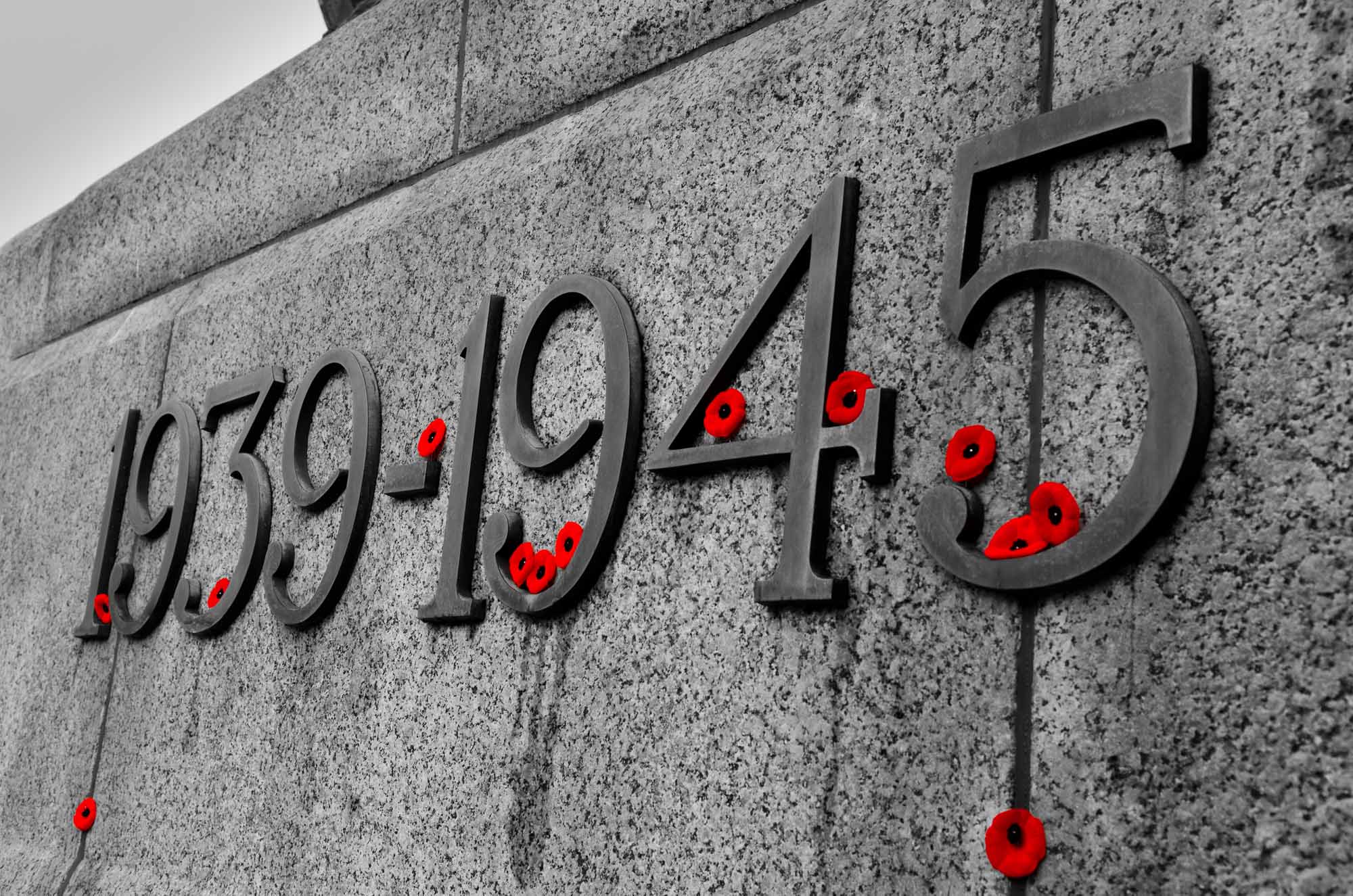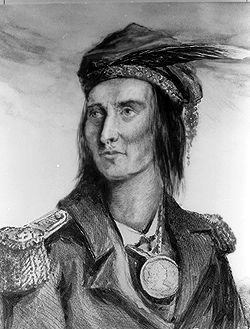Browse "Military"
-
Article
Sir Willoughby Garnons Gwatkin
Sir Willoughby Garnons Gwatkin, soldier (b in Eng 11 Aug 1859; d at Twickenham, Eng 2 Feb 1925). Educated at King's College, Cambridge, and commissioned in the British army in 1882, Gwatkin was permanently seconded to Canada in 1911.
"https://development.thecanadianencyclopedia.ca/images/tce_placeholder.jpg?v=e9dca980c9bdb3aa11e832e7ea94f5d9" // resources/views/front/categories/view.blade.php
https://development.thecanadianencyclopedia.ca/images/tce_placeholder.jpg?v=e9dca980c9bdb3aa11e832e7ea94f5d9
-
Article
Soldiers of Fortune
Soldiers of Fortune is a term used to describe those ready to serve in a military or police capacity under any state or person outside their own country.
"https://d2ttikhf7xbzbs.cloudfront.net/media/media/8075ba2d-1fa1-47e3-bedc-30e2da0d6139.jpg" // resources/views/front/categories/view.blade.php
https://d2ttikhf7xbzbs.cloudfront.net/media/media/8075ba2d-1fa1-47e3-bedc-30e2da0d6139.jpg
-
Article
Solomon Van Rensselaer
Solomon Van Rensselaer, military general (b at Greenbush, Rensselaer County, NY, 6 Aug 1774; d near Albany, NY, 23 April 1852). Solomon Van Rensselaer was the son of Jeremiah Van Rensselaer, a Revolutionary War general, and a member of a powerful Dutch patroon family.
"https://development.thecanadianencyclopedia.ca/images/tce_placeholder.jpg?v=e9dca980c9bdb3aa11e832e7ea94f5d9" // resources/views/front/categories/view.blade.php
https://development.thecanadianencyclopedia.ca/images/tce_placeholder.jpg?v=e9dca980c9bdb3aa11e832e7ea94f5d9
-
Article
Somalia Affair
In 1992–93, Canada contributed military forces to UNITAF, a United Nations–backed humanitarian mission in the African nation of Somalia. In 1993, Canadian soldiers from the now-defunct Airborne Regiment tortured and killed a Somali teenager named Shidane Arone. These and other violent abuses during the mission shocked Canadians and damaged the country’s international reputation. They also led to a public inquiry that revealed serious failures of leadership at the highest levels of the Canadian Armed Forces, kick-starting reforms aimed a professionalizing the officer corps. This article contains sensitive material that may not be suitable for all audiences.
"https://d2ttikhf7xbzbs.cloudfront.net/media/new_article_images/e002280232.jpg" // resources/views/front/categories/view.blade.php
https://d2ttikhf7xbzbs.cloudfront.net/media/new_article_images/e002280232.jpg
-
Article
Stanley Charles Waters
Stanley Charles Waters, soldier, businessman, senator (b at Winnipeg 14 June 1920; d at Calgary 25 Sept 1991). Waters enlisted in the Canadian army in 1941 and chose to remain in the military after the war.
"https://development.thecanadianencyclopedia.ca/images/tce_placeholder.jpg?v=e9dca980c9bdb3aa11e832e7ea94f5d9" // resources/views/front/categories/view.blade.php
https://development.thecanadianencyclopedia.ca/images/tce_placeholder.jpg?v=e9dca980c9bdb3aa11e832e7ea94f5d9
-
Article
Stanley G. Grizzle
Stanley George Sinclair Grizzle, CM, OOnt, citizenship judge, politician, civil servant, labour union activist (born 18 November 1918 in Toronto, ON; died 12 November 2016 in Toronto, ON). Stanley Grizzle had an illustrious career as a railway porter, soldier, civil servant, citizenship judge and activist for the rights of Black Canadians.
"https://d2ttikhf7xbzbs.cloudfront.net/media/Twitter_Cards/Grizzle.jpg" // resources/views/front/categories/view.blade.php
https://d2ttikhf7xbzbs.cloudfront.net/media/Twitter_Cards/Grizzle.jpg
-
Article
Stephen Van Rensselaer III
Stephen Van Rensselaer III (b at New York, NY, 1 Nov 1764; d near Albany, NY, 26 Jan 1839). Stephen Van Rensselaer grew up in the Van Rensselaer manor in the Upper Hudson River region of New York State. He graduated from Harvard College in 1782.
"https://development.thecanadianencyclopedia.ca/images/tce_placeholder.jpg?v=e9dca980c9bdb3aa11e832e7ea94f5d9" // resources/views/front/categories/view.blade.php
https://development.thecanadianencyclopedia.ca/images/tce_placeholder.jpg?v=e9dca980c9bdb3aa11e832e7ea94f5d9
-
Article
Stories of Remembrance: John Ralston Saul
In 2005, to commemorate the 60th Anniversary of the end of the Second World War, Canadian celebrities spoke about the meaning of remembrance as part of the Stories of Remembrance Campaign, a project of CanWest News Service (now Postmedia News), the Dominion Institute (now Historica Canada) and Veterans Affairs Canada. This article is reprinted from that campaign.
"https://d2ttikhf7xbzbs.cloudfront.net/media/media/8e9a4f7d-ca62-498f-a250-bbcef8f89d8e.jpg" // resources/views/front/categories/view.blade.php
https://d2ttikhf7xbzbs.cloudfront.net/media/media/8e9a4f7d-ca62-498f-a250-bbcef8f89d8e.jpg
-
Article
Stories of Remembrance: Vera Frenkel
In 2005, to commemorate the 60th Anniversary of the end of the Second World War, Canadian celebrities spoke about the meaning of remembrance as part of the Stories of Remembrance Campaign, a project of CanWest News Service (now Postmedia News), the Dominion Institute (now Historica Canada) and Veterans Affairs Canada. This article is reprinted from that campaign.
"https://d2ttikhf7xbzbs.cloudfront.net/media/media/e4c71bb6-1323-4363-80c3-e83d2749b418.jpg" // resources/views/front/categories/view.blade.php
https://d2ttikhf7xbzbs.cloudfront.net/media/media/e4c71bb6-1323-4363-80c3-e83d2749b418.jpg
-
Article
Stuart Graham
Stuart Graham, aviator (b at Boston, Mass 2 Sept 1896; d at Port Charlotte, Fla 16 July 1976). Raised and educated in NS, he served in the Royal Naval Air Service, patrolling shipping lanes in flying boats.
"https://development.thecanadianencyclopedia.ca/images/tce_placeholder.jpg?v=e9dca980c9bdb3aa11e832e7ea94f5d9" // resources/views/front/categories/view.blade.php
https://development.thecanadianencyclopedia.ca/images/tce_placeholder.jpg?v=e9dca980c9bdb3aa11e832e7ea94f5d9
-
Article
Tecumseh
Tecumseh, Shawnee chief, leader of a First Nations confederacy, military leader in the War of 1812 (born circa 1768 in south-central Ohio; died 5 October 1813 near Moraviantown [Thamesville, ON]). Tecumseh was leader of the First Nations confederacy that was formed to resist American intrusion on Indigenous land in the late 18th and early 19th centuries. When the War of 1812 broke out between the United States and Britain, Tecumseh and the confederacy allied with the British. He was killed at the Battle of the Thames in 1813. Tecumseh is remembered as a respected Indigenous warrior and major figure in the War of 1812. While his death was the end of serious resistance in the Northwest, Indigenous people continued to fight for their land and rights.
"https://d2ttikhf7xbzbs.cloudfront.net/media/media/0a2c6c2b-799b-41cb-b9c2-afd7fd358c7b.jpg" // resources/views/front/categories/view.blade.php
https://d2ttikhf7xbzbs.cloudfront.net/media/media/0a2c6c2b-799b-41cb-b9c2-afd7fd358c7b.jpg
-
List
Ten Black Canadians in the Armed Forces
Black Canadians have a proud tradition of military service dating to the American Revolution. Many volunteered for service during the 19th and 20th centuries, despite opposition from both civilian and military authorities. Until the Second World War, most Black Canadians served in segregated units like the Coloured Corps in the War of 1812 and No. 2 Construction Battalion in the First World War. Since then, Black soldiers, sailors and airmen and women have served in the regular and reserve forces at home and overseas. Here are some of their stories.
"https://d2ttikhf7xbzbs.cloudfront.net/media/media/d2114b98-ef0d-4e98-aa49-892b095d77cc.jpg" // resources/views/front/categories/view.blade.php
https://d2ttikhf7xbzbs.cloudfront.net/media/media/d2114b98-ef0d-4e98-aa49-892b095d77cc.jpg
-
Editorial
The Assassination of Thomas D'Arcy McGee
The following article is an editorial written by The Canadian Encyclopedia staff. Editorials are not usually updated. It is the greatest murder mystery in Canadian political history. Thomas D’Arcy McGee, Father of Confederation and outspoken opponent of the Fenians, was assassinated on an Ottawa street in the early hours of Tuesday, 7 April 1868.
"https://d2ttikhf7xbzbs.cloudfront.net/media/media/4a74eaf5-4691-4b89-9d50-e98da872ed41.jpg" // resources/views/front/categories/view.blade.php
https://d2ttikhf7xbzbs.cloudfront.net/media/media/4a74eaf5-4691-4b89-9d50-e98da872ed41.jpg
-
Article
Quebec Film History: 1896 to 1969
This entry presents an overview of Quebec cinema, from its beginnings in the silent film era to the burgeoning of a distinctly Quebec cinema in the 1960s. It highlights the most important films, whether in terms of box office success or international acclaim, and covers both narrative features and documentaries. It also draws attention to an aspect of filmmaking that still has difficulty finding its place: women’s cinema.
"https://d2ttikhf7xbzbs.cloudfront.net/media/media/3b079b6b-0ea3-47b4-8e14-62d48630fb39.jpg" // resources/views/front/categories/view.blade.php
https://d2ttikhf7xbzbs.cloudfront.net/media/media/3b079b6b-0ea3-47b4-8e14-62d48630fb39.jpg
-
Article
The Coloured Corps: Black Canadians and the War of 1812
The Coloured Corps (also known as Runchey's Company of Coloured Men, or Black Corps) was a militia company of Black men raised during the War of 1812.
"https://d2ttikhf7xbzbs.cloudfront.net/media/media/ee6791f8-0e4e-40a0-b993-ad09823228ad.jpg" // resources/views/front/categories/view.blade.php
https://d2ttikhf7xbzbs.cloudfront.net/media/media/ee6791f8-0e4e-40a0-b993-ad09823228ad.jpg
